4 Ways to Make an Outdoor Wood Slat Accent Wall
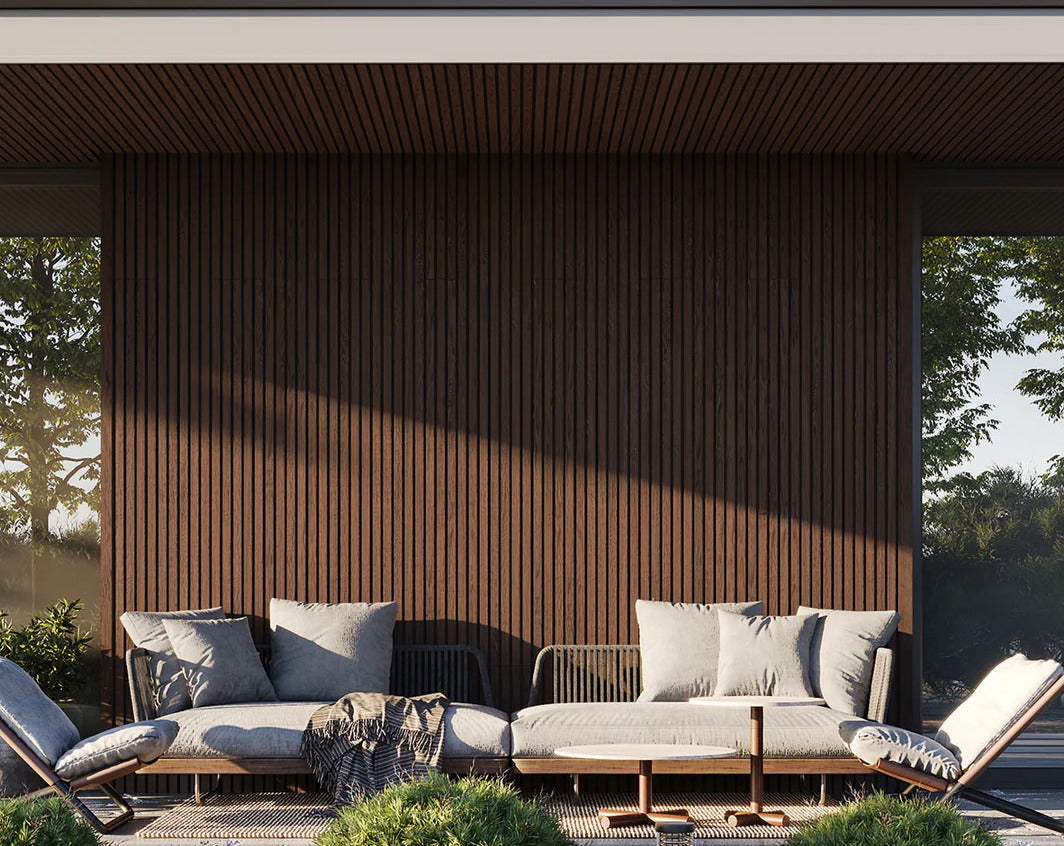
Outdoor spaces deserve as much attention as indoor ones. Adding a well-designed accent wall outdoors, can instantly upgrade a blank patio, fence, or backyard facade into a cozy and modern retreat.
A wooden slat design provides a clean-lined, architectural look that works well with all types of homes, from rustic cabins to sleek contemporary builds.
In this blog, we’ll walk you through four reliable options for building your own outdoor wood slat accent wall, from DIY solid wood slats to outdoor wood slat panels, highlighting the pros, cons, upkeep, and ideal use cases for each. By the end, you’ll be equipped to choose the right solution for your space.
1. DIY Wood Slats
Using raw lumber to create your own wood slat wall gives you total control over the design and material selection. You can build everything from scratch and tailor the layout to fit your home perfectly.
Pros
DIY wood slats give you unmatched creative freedom. You can choose the exact wood species, spacing, and wall size, making this approach highly customizable. It’s also easy to coordinate the look with other outdoor elements like pergolas, decks, or fencing.
Cons
However, this method requires a bit of elbow grease. You’ll need tools like a circular saw, drill, level, and nail gun or screws to complete the job. Additionally, real wood must be sealed or stained every one to two years to resist UV damage and moisture. In high-humidity areas, upkeep is especially important to avoid warping or rot.
Best Wood Types
The most popular woods for this project include cedar, which is naturally rot-resistant and contains oils that help repel insects and moisture, making it a top choice for long-lasting outdoor applications.
It weathers beautifully to a silvery gray if left untreated or retains a rich, warm tone when sealed. Redwood offers a visually striking reddish hue and smooth grain, giving your wood slat wall a high-end finish.
It’s naturally durable and decay-resistant, but typically more expensive and regionally limited, which can affect availability. Thermally modified ash is an excellent modern choice. It undergoes a heat treatment process that enhances its dimensional stability, reduces moisture absorption, and increases resistance to decay, all without chemicals.
Its refined grain and darker tone make it ideal for contemporary designs.
Cedar
Cedar is a classic favorite for outdoor projects thanks to its natural resistance to rot, moisture, and insects. The wood contains natural oils that help it withstand the elements without requiring chemical treatment.
It’s an excellent long-term option, especially in damp climates. Left untreated, cedar develops a silvery patina over time, while sealing it helps retain its warm, reddish-brown tone.
Redwood
Redwood offers a rich, reddish hue and a smooth, refined grain that elevates the visual appeal of any wood slat project. It shares many of cedar’s natural resistances but has a softer texture and a more premium look.
However, it tends to be more expensive and may not be as readily available in some regions, which could drive up project costs or sourcing time.
Thermally Modified Ash
This modern wood option undergoes a heat treatment process that increases its resistance to moisture, warping, and decay, all without using chemicals. The thermal modification also enhances the wood’s stability and makes it ideal for outdoor accent wall designs.
Its darker tone and sleek, uniform grain make it especially popular for contemporary and minimalist aesthetics.
Pressure-Treated Pine
A widely accessible and budget-friendly option, pressure-treated pine is chemically infused to resist rot and insect damage. While it's not as durable as hardwoods, it can perform well when properly maintained.
Regular sealing and staining are necessary to prevent cracking or warping. With the right care, it can imitate the look of more expensive woods while staying within budget, making it an appealing option for DIYers.
2. Outdoor Solid Wood Slat Paneling
Prefab wood slat panels offer the authentic look of real wood with a simplified installation process.
These panels come preassembled with evenly spaced slats, making them ready to attach directly to walls, fences, or other vertical surfaces using screws, nails, or strong adhesive.
They’re a practical choice for homeowners and designers looking to create an outdoor accent wall that feels high-end but installs with minimal effort.
Pros
One of the standout benefits of prefab solid wood slat paneling is the installation efficiency. Since the slats are pre-spaced and mounted on backing supports, you save hours of layout and alignment work.
This makes it an ideal weekend DIY project that doesn't require advanced carpentry skills. Many high-quality options are also treated in advance, which adds weather protection and helps reduce installation mess.
For example, thermo-treated clear-grade hardwood siding panels come pre-oiled on all four sides, -treated clear-grade hardwood siding panels come pre-oiled on all four sides, eliminating the need to apply oil or finish on-site and keeping your workspace cleaner.
Cons
Even though these are real wood products, they still need ongoing maintenance. Without a protective finish, exposure to sunlight and rain can cause the panels to gray, warp, or crack over time.
Routine upkeep is essential, especially for installations in direct sunlight or high-moisture regions. A UV-resistant sealant should be applied every two to three years to help preserve the panel’s color and structural integrity.
Maintenance Tip
When sealing or resealing your wood slat panels, do it during the spring or fall when temperatures are moderate, ideally between 50°F and 85°F.
Avoid sealing in extreme heat or cold, which can cause the finish to cure unevenly or fail to bond properly with the wood surface.
3. Outdoor Wood Composite Slat Panels
This option blends recycled wood fibers and polymer materials to deliver panels that mimic wood slat aesthetics without requiring constant upkeep.
Pros
Composite siding panels come ready to install and need virtually no maintenance. They are highly resistant to water, pests, UV rays, and warping. Our panels feature wood-like streaking and natural color variation for an authentic look, while the ultra-matte finish and 3D grain texture add to the realism.
With no sealing or staining required, they’re a long-lasting and cost-effective option. Better yet, they’ve been tested to last 25 to 30 years even in extreme climates. Installation is simple, with instructions provided in every box and expert support available by phone or email.
Cons
Since these panels aren’t made of actual wood, design purists might notice the difference up close. While the texture and finish replicate wood impressively well, they may lack the irregularities or warmth of natural timber.
Ideal Use Cases
Use composite wood slat siding for high-exposure areas like fence walls, side-yard privacy dividers, and modern backyard retreats. It’s an especially smart choice for homeowners in rainy or coastal regions who want the wood look without the added upkeep.
4. Wood Plank Fiber Cement
Fiber cement panels are another popular solution for outdoor accent walls, offering toughness and wood-inspired aesthetics with minimal maintenance.
Pros
Made from sand, cement, and cellulose fibers, fiber cement panels are strong, stable, and weatherproof. They don’t warp, rot, or expand when exposed to rain or sun. Manufacturers like Allura offer fiber cement options that convincingly replicate wood grain textures and colors. The planks are available in multiple widths and finishes to match your vision.
With a lifespan of over 30 years when installed correctly, fiber cement panels are ideal for homeowners who want a long-term solution without sacrificing visual appeal.
Cons
The main drawback is that fiber cement is still a manufactured product. While realistic, it won’t completely replicate the tactile feel or organic beauty of real wood. Some may also find fiber cement slightly heavier and more difficult to cut compared to other materials.
Use Cases
Fiber cement works well on large walls, cabin-style exteriors, or any space needing a refined, consistent wood-like finish that doesn’t demand regular attention.
Conclusion
A wood slat accent wall can dramatically transform an outdoor area into a stylish, welcoming retreat. If you love hands-on projects and full design control, DIY wood slats are the way to go.
For faster results with real wood, consider prefabricated panels. If you want long-term durability with minimal effort, composite siding and fiber cement offer reliable, low-maintenance alternatives.
Whatever your design goals or maintenance tolerance, there's a perfect solution out there. Choose the method that fits your home’s style, your climate, and how much effort you’re ready to invest.
With the right approach, your next accent wall could become the defining feature of your outdoor space.
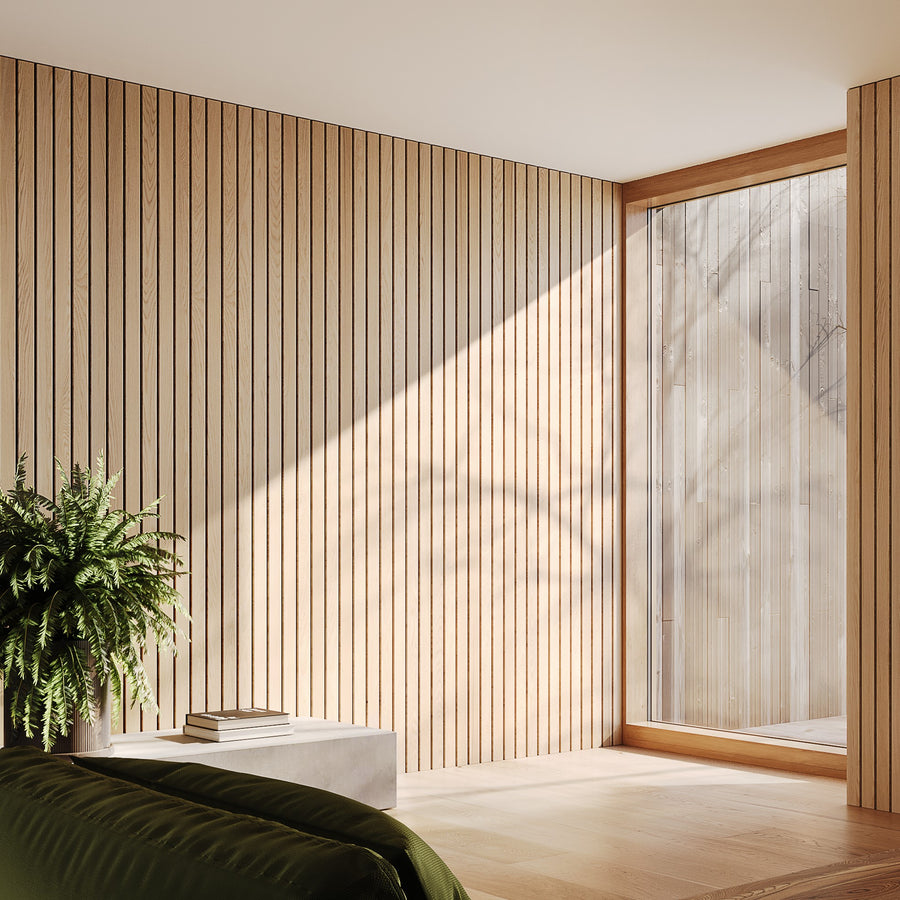
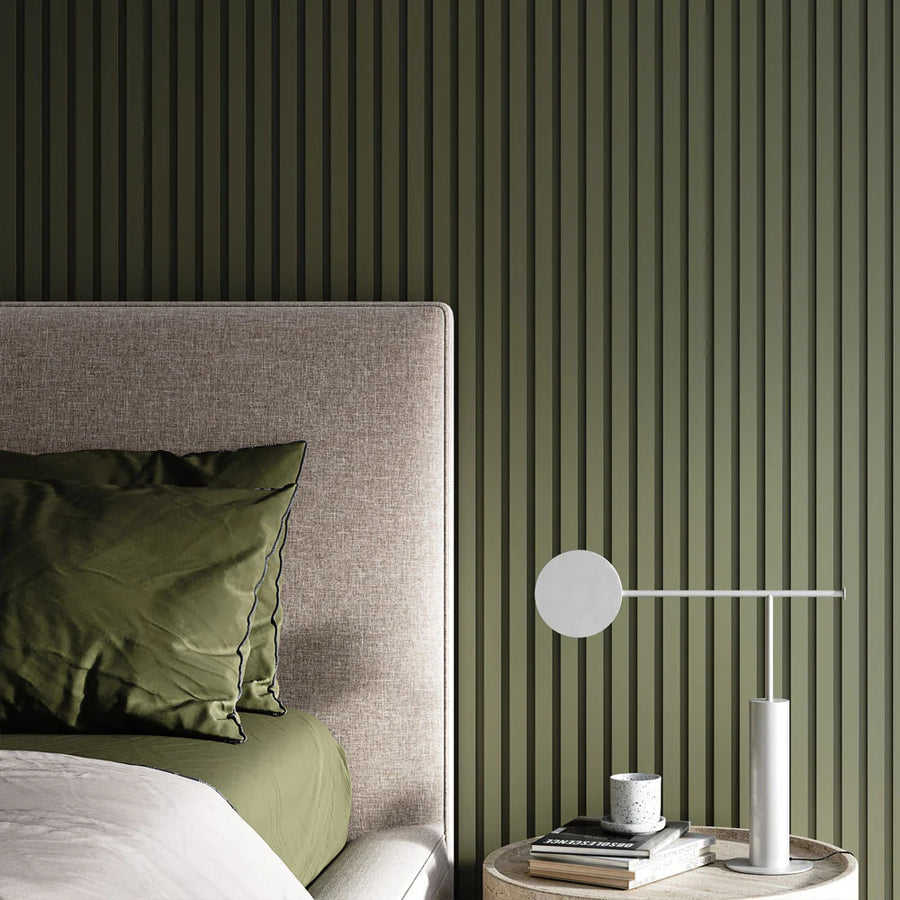
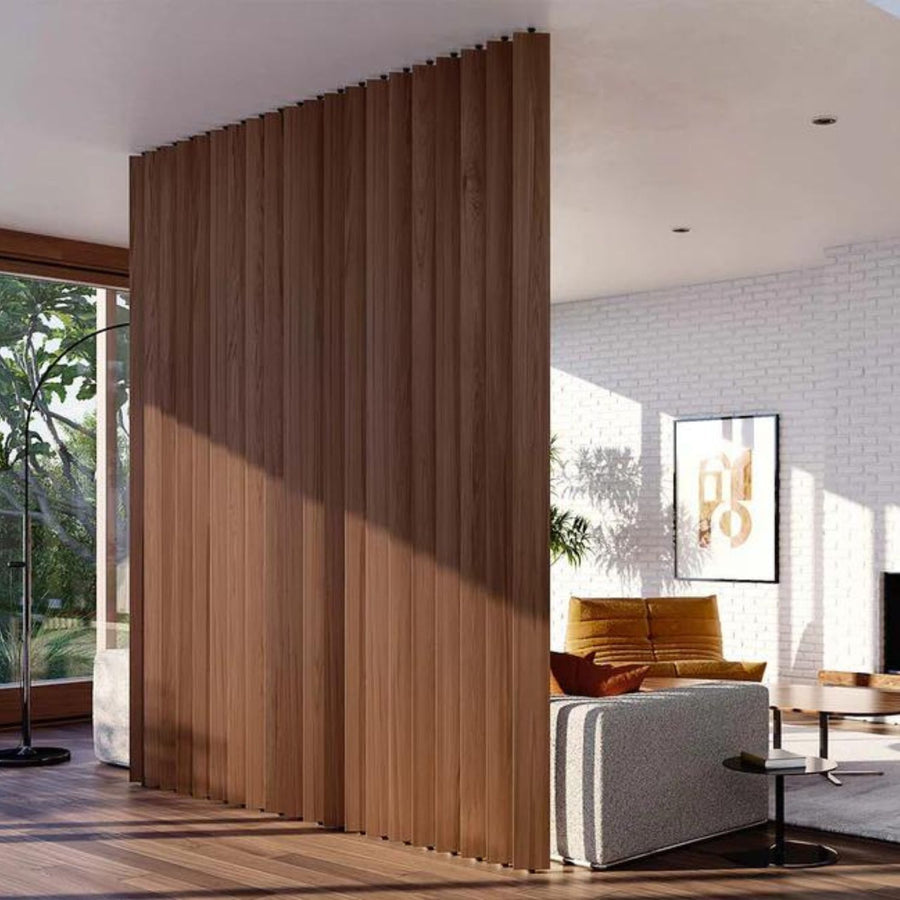
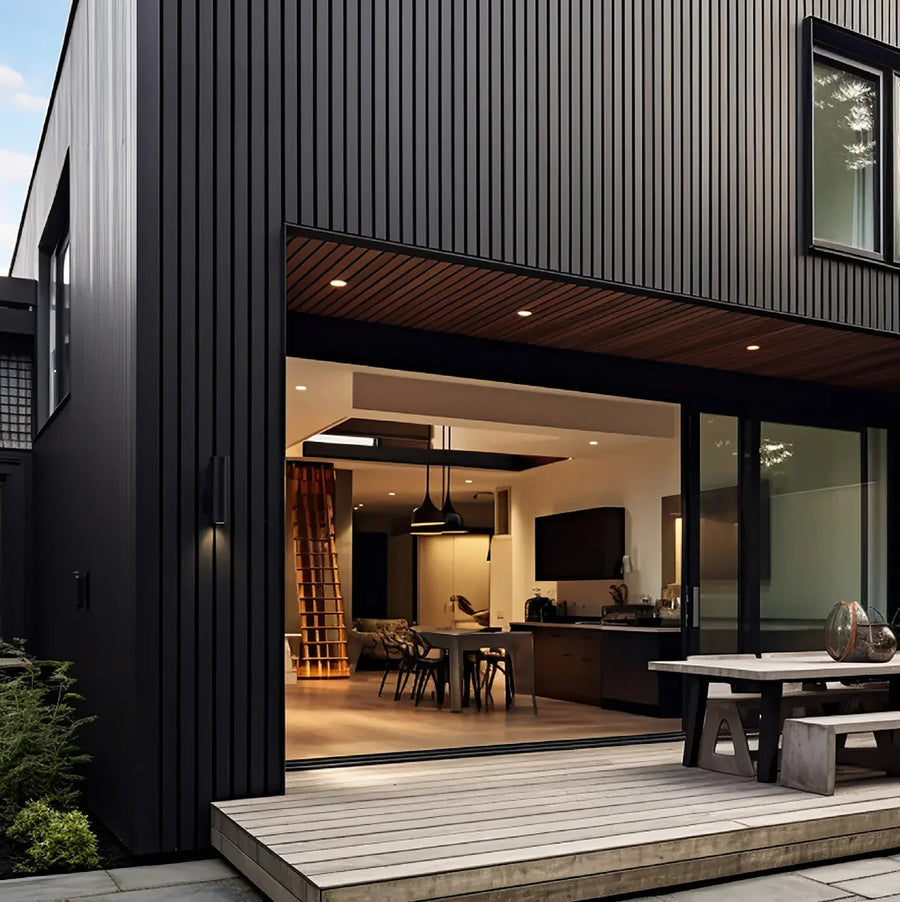
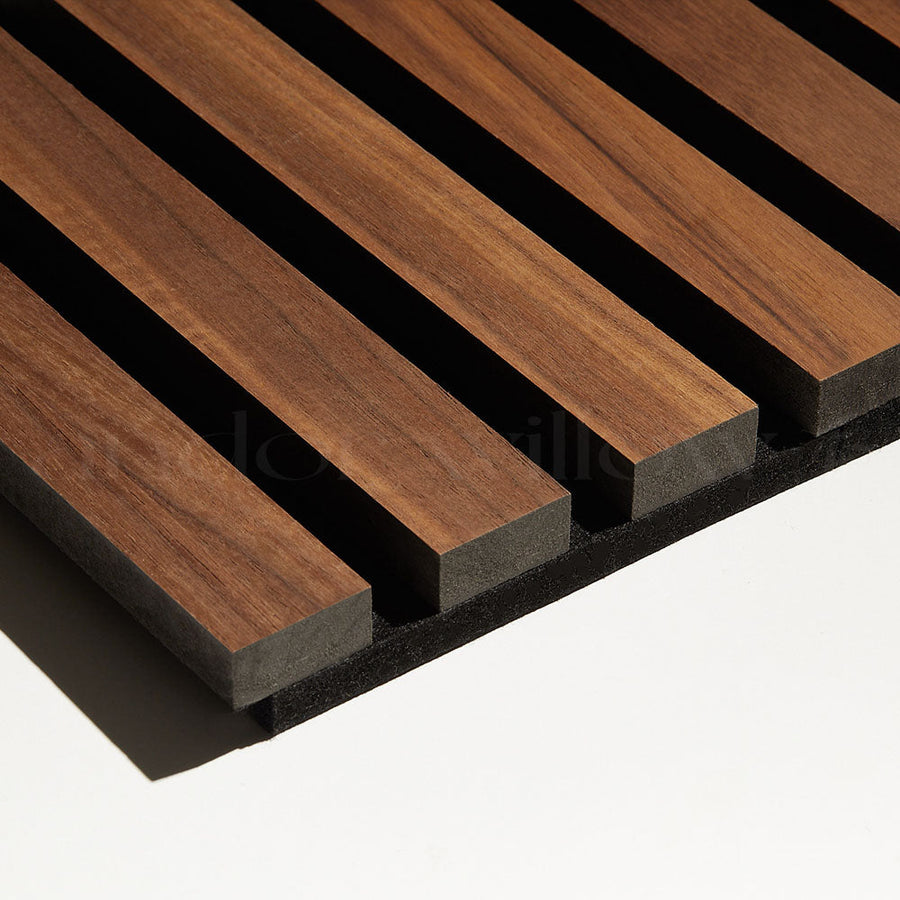
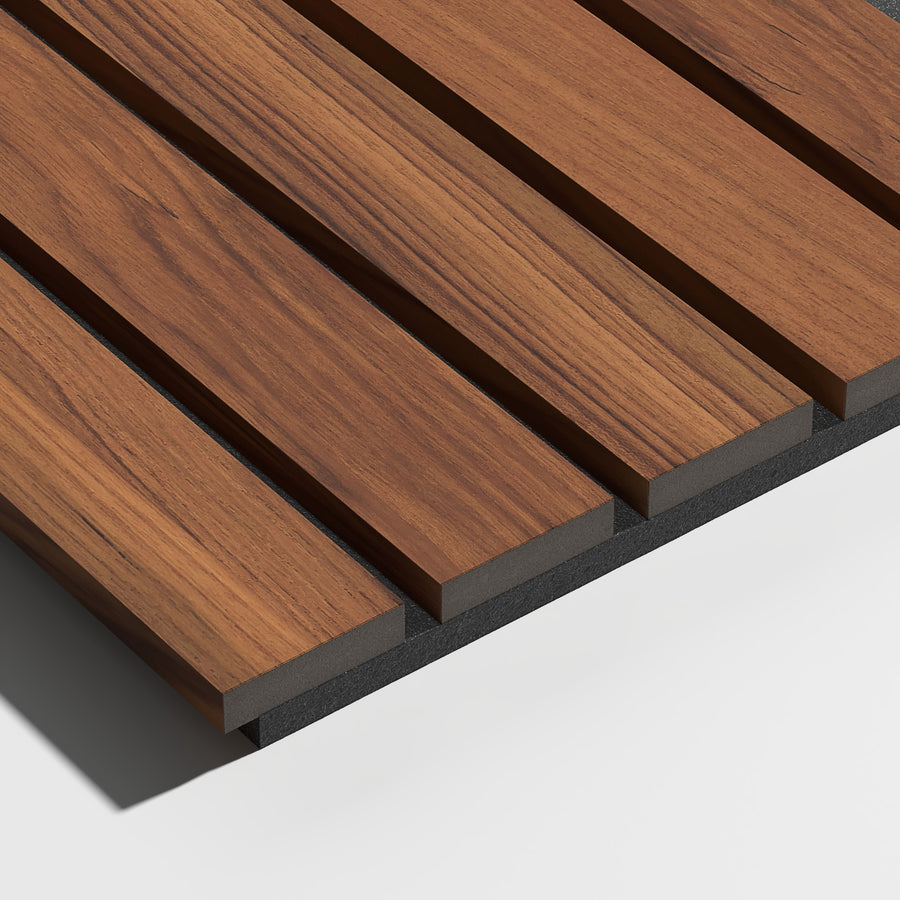


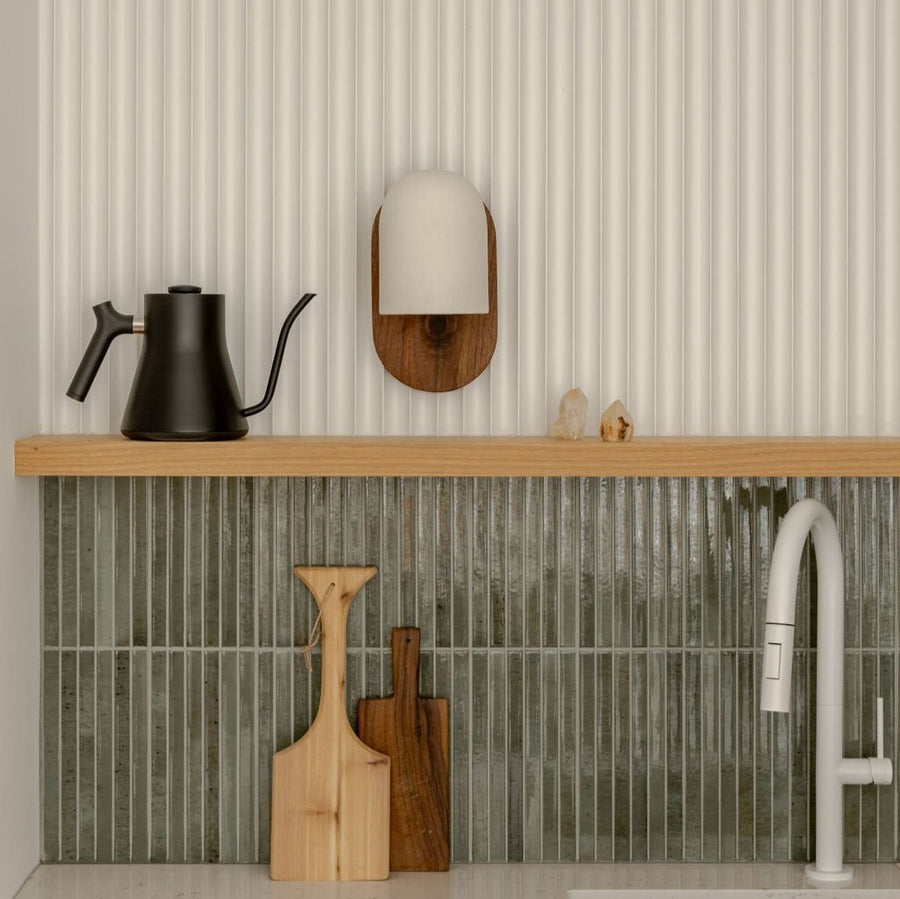
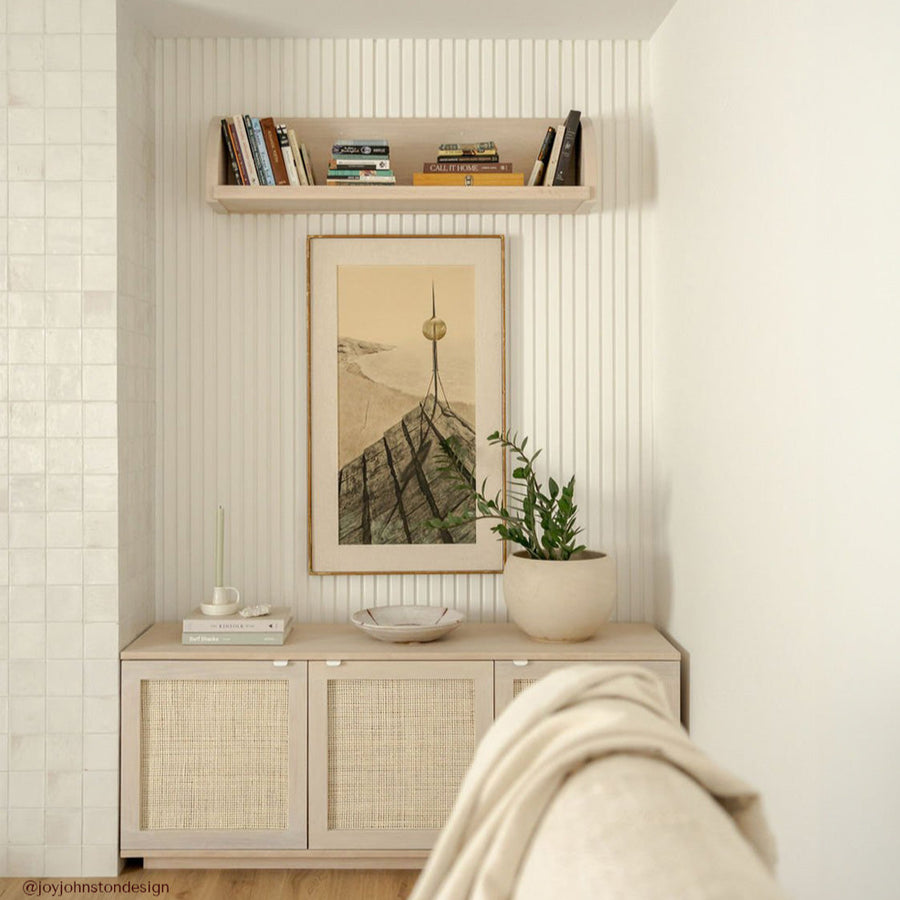
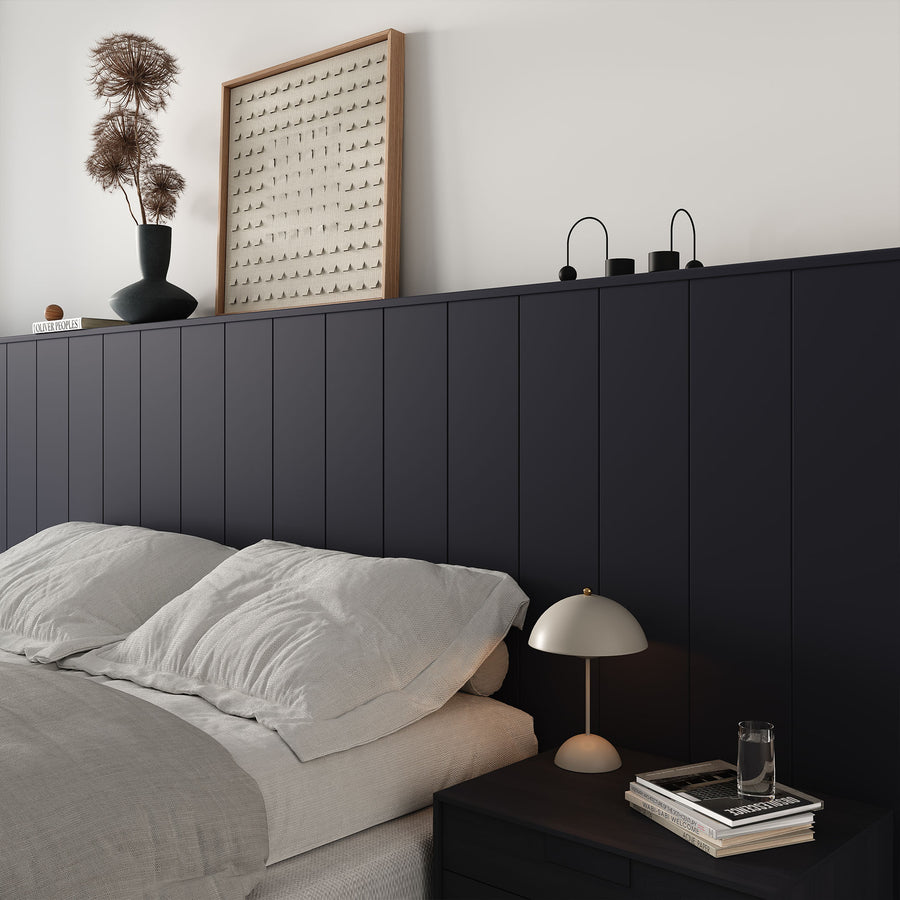
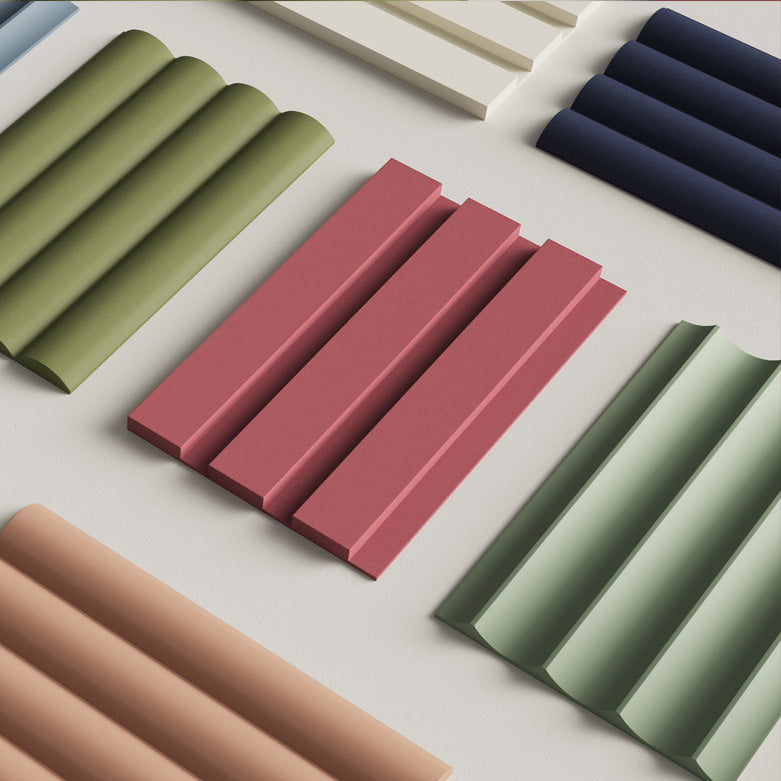







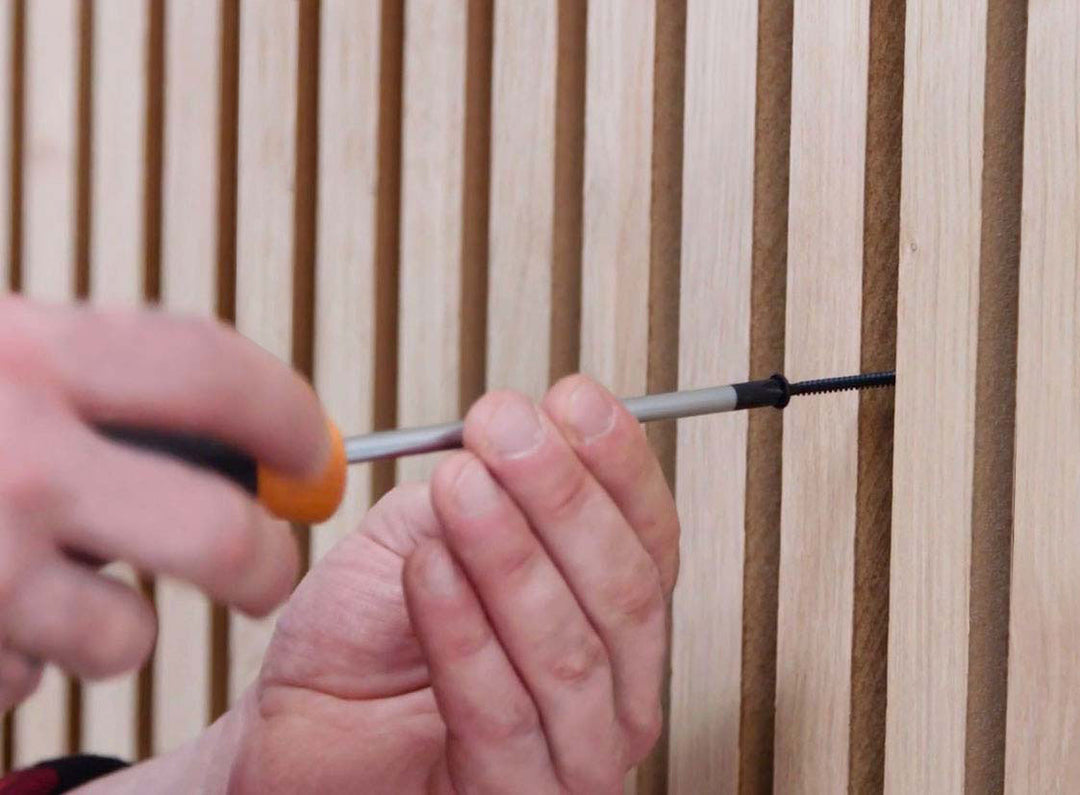
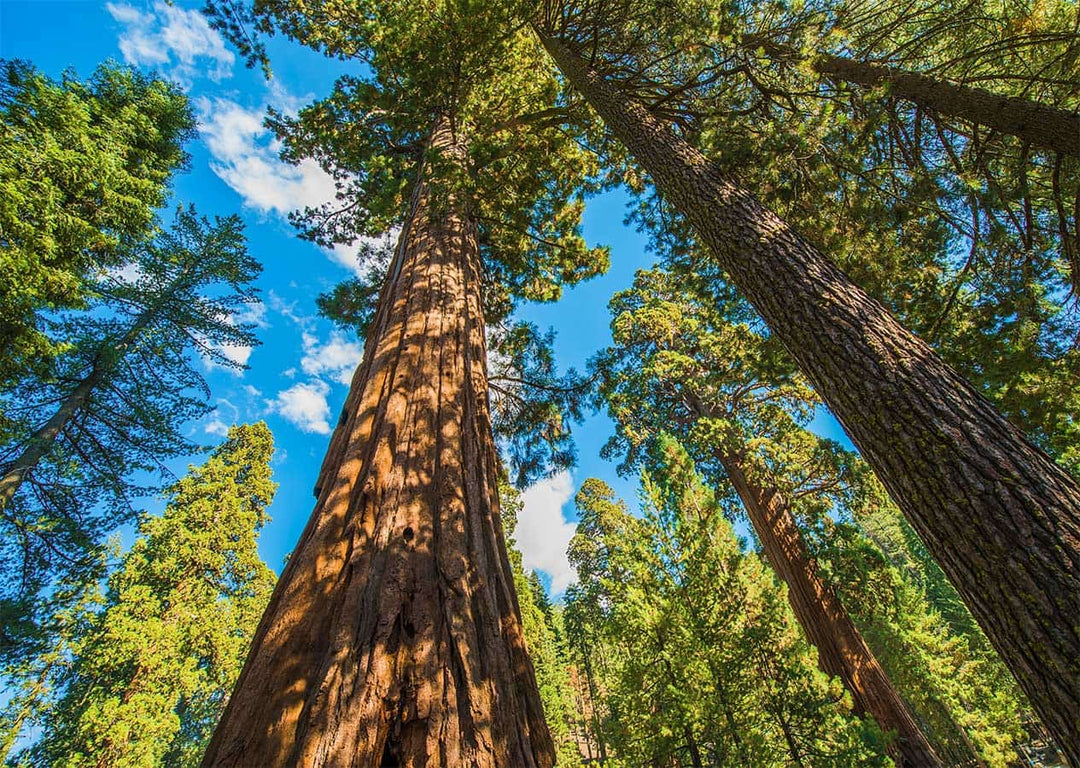
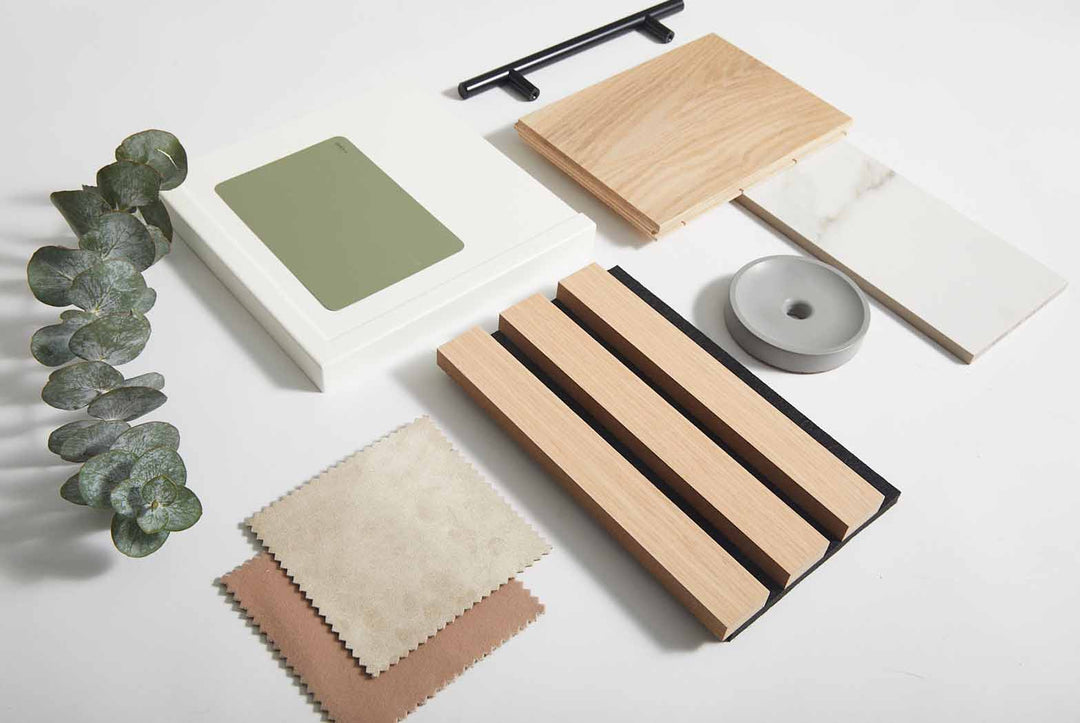












Leave a comment